The Garden of Stone
I was trying to explain The Garden of Stone the other day. After I got done, I realized that I have never written down the whole story. I should. It has accounted for dozens of deer over less than 2 decade’s worth of hunting. Its story goes all the way back to the founding of our deer camp. It took most of a decade to fully develop it. Y’all probably deserve a complete description and history.
What is the Garden of Stone?
The Garden of Stone (GOS) is a patch of pasture no bigger than a tennis court. I discovered it about 2009 or so. We were using a new blind called Midway Phoenix. After I would shoot a deer, I started placing a rock under the carcasses before we picked them up, so I could step off the yardage later. Pretty soon, I realized I was picking up doe over last year’s rock. Since 2009, we have shot at least one deer a year in the GOS.
I have tried a bunch of ways to depict the GOS. Let me describe it to you, and let it sit in your mind’s eye. Imagine you are sitting in a chair and have a banana on your knee. On all sides of the knee, it drops off to creek bottoms. The curved ends of the banana are pointing to the right. Towards you is north. You are looking south. The banana is slightly longer than 500 yards, and about halfway down the length is a treeline running across. A ground blind called Midway Phoenix sits in the middle of that treeline looking out both ways. Halfway down the south half of the banana is The Garden of Stone. It about the size of a tennis court.
The deer come out from all directions and move to the Garden of Stone, mostly in the evening. In the center is a depression. In the center of the depression the deer disappear as they feed.
Discovery
The first year we had the farm, I was experimenting with stand locations. I was still bowhunting in those days. I’d say bow was still my primary method. Big fields did not interest me much. I was hunting a stand I’d put down at the mouth of Left Leg Creek. There was plenty of sign, but I never once saw a deer. One night, as I was walking out after dark, I was passing a pasture and spooked a large herd of deer. I made note of it, and when I scouted the field in the , I found it filled with scat. I made a mental note of “The Outhouse” and moved on. Over the next few seasons, I developed several stands in the general vicinity. I also built an actual outhouse about 200 yards away in the woods, adjoining the family campground. I was having good luck with stands in the woods, so I did not investigate further what was going on in the middle of the field.
In 2007, I had to stop using my bow due to a bum shoulder. By the next summer, I was starting to consider what I was going to do next. I remembered the patch of deer poop, and put up a spare buddy stand to see what was going on. Sure enough, I found deer coming into the field to feast in the evenings. I took a buck from there that year and saw enough other activity that I knew this was going to be a hot spot. In 2009, I started building a super blind on stilts.
Oops. The stilts idea didn’t work out so good, but by fall I had a reworked everything into a ground blind and Midway Phoenix was born.
See: Midway Phoenix A Deer Shack is Born
From there on out, we’ve nailed 1 or 2 deer a year out of that blind, and most of them have been out feeding in the Garden of Stone.
Why does the Garden of Stone Exist?
A bunch of things come together to make the GOS work. There are 3 creeks within 300 yards of this pasture. Where 2 of them meet, beyond the southern tip of the banana, there is a secluded bottomland that is a perfect bedding sanctuary. The southern half is surrounded by oak/hickory savanna. There are cedar thickets along the inside of the curve and at the northern tip. An abandoned road parallels the outside of the curve allowing for free travel under a canopy of ancient oaks. There are white and red oaks along this road and they dump copious amounts of acorns.
In the middle of the south pasture, it is fairly lush. It collects water from the southern half of the banana, and it eventually forms a gully in the woods. There is a mystery forb that grows around the depression. I have tried to figure out what it is, but nothing really jumps out at me. My guess is that it is a clover. We have a few spots like this on the property that are serious deer magnets after the acorns stop falling. The forb remains attractive to deer all winter.
The other thing that probably makes the GOS is the fact that it is in a narrow pasture. I’m going to say that it is about 80 yards across. The deer have a clear sight of everything around them, but the safety of the woods is only 40 yards away. There are no secrets in the GOS. If you come into the pasture, you are visible to everything else in it across all 500 + yards.
How do I find my own GOS?
The first thing that attracted me to the GOS was the volume of deer scat. It was everywhere. A late-season scouting trip might turn up such a place. If you ever kept a dog in the city, you know there is a period in March or so where the yard is filled with piles from the whole winter, and within a week or two they are all gone. A similar thing happens in the GOS. I’d be looking for the poop.
Second, I would review my article on using Google Earth for scouting. I describe a method of getting above a patch of ground and rotating it in Google Earth. Things like trails pop right out. Around the GOS, you can see a bunch of trails radiating towards the center of the pasture. Two decades of pounding the ground around there, have verified that the deer are indeed coming from all around.
See Pre-season Scouting with Google Earth
The only caveat here is that most recent shots of the place in Google Earth have all been late-winter/early spring. That is before greening up has obscured the paths left over from winter. Surveys from the fall do not show this pattern.
Could I make a GOS?
I honestly don’t know. I have planted cover wheat and Ladino clover in this field on several occasions. The deer eat it. They bed in it. However, they are still coming after years of neglect and annual mowings in September by the hay dude. It is secluded, but it is also adjacent to our family campground. We camp back there until October. The deer know we are there and do not seem to care.
I think a big part of what goes into the GOS is how we treat it. It is next to an abandoned road that gives us easy access to the southern end of the property. It stopped being maintained 80 years ago, but we keep it mowed and free of brush.
We hike it. We drive it. We walk the dogs on it. It is just enough exposure to get the deer– even big bucks– accustomed to our activity. There are a couple of other places on the farm like that. In one spot the deer cross freely between the house and our tobacco barn– day, night, all year. They stare at us like we don’t belong in our own driveway and go about their business. We seldom get as much as a snort.
This post has already been read 838 times!
Views: 1
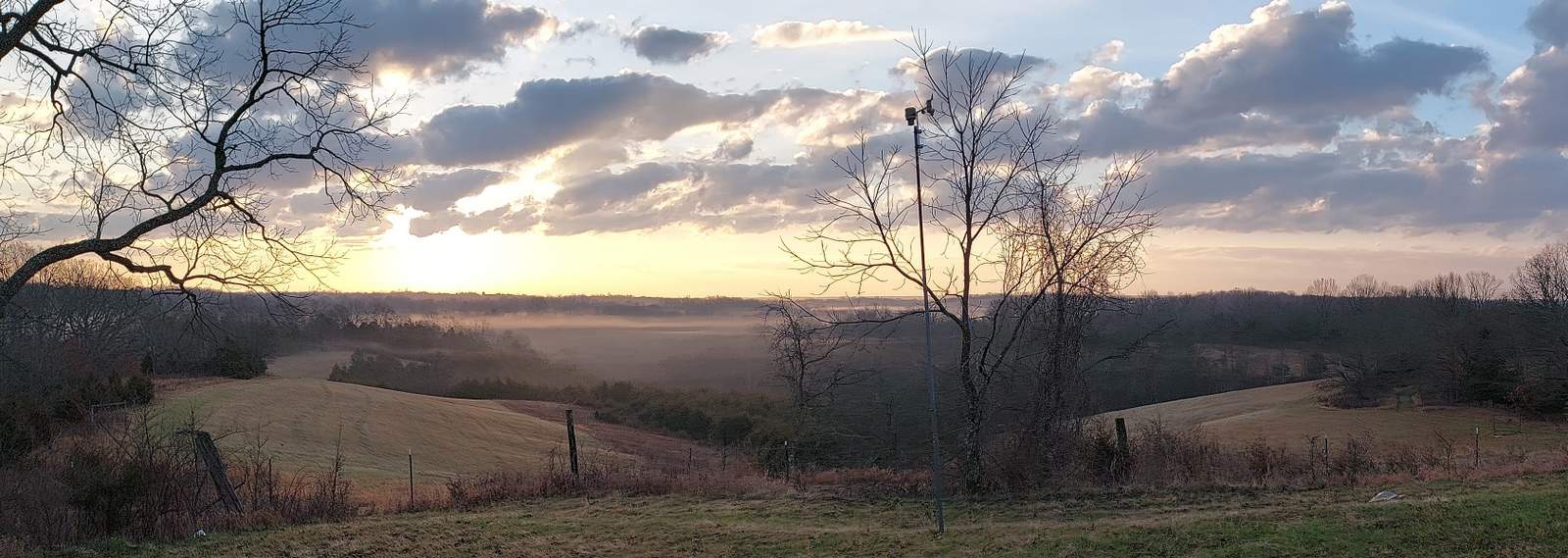


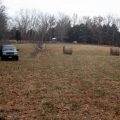

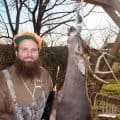
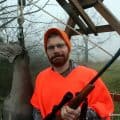
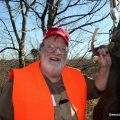
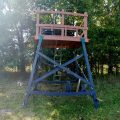
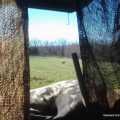
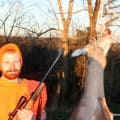
Pingback:Angus Bags a Doe – Genesis9:2-4 Ministries